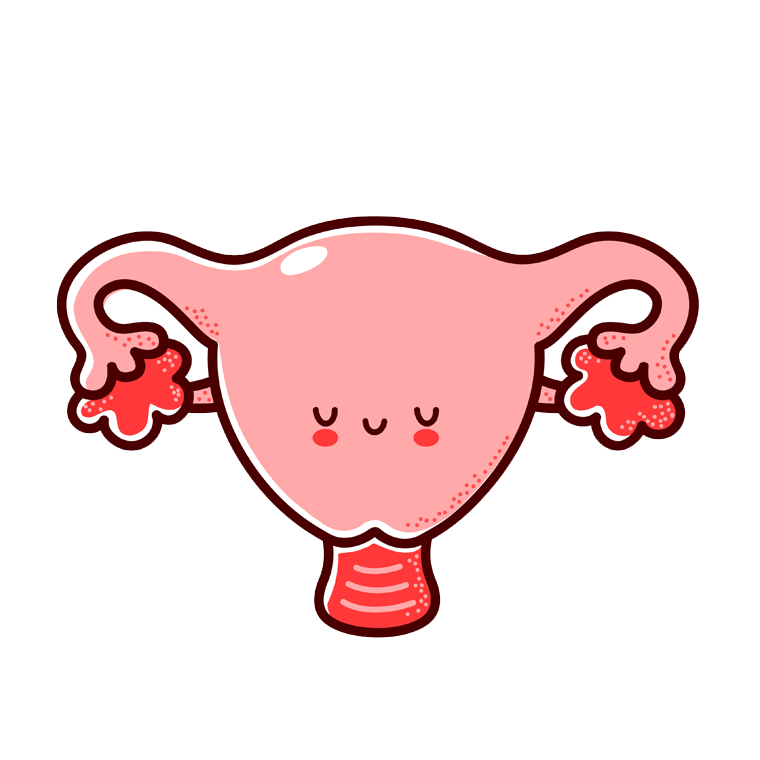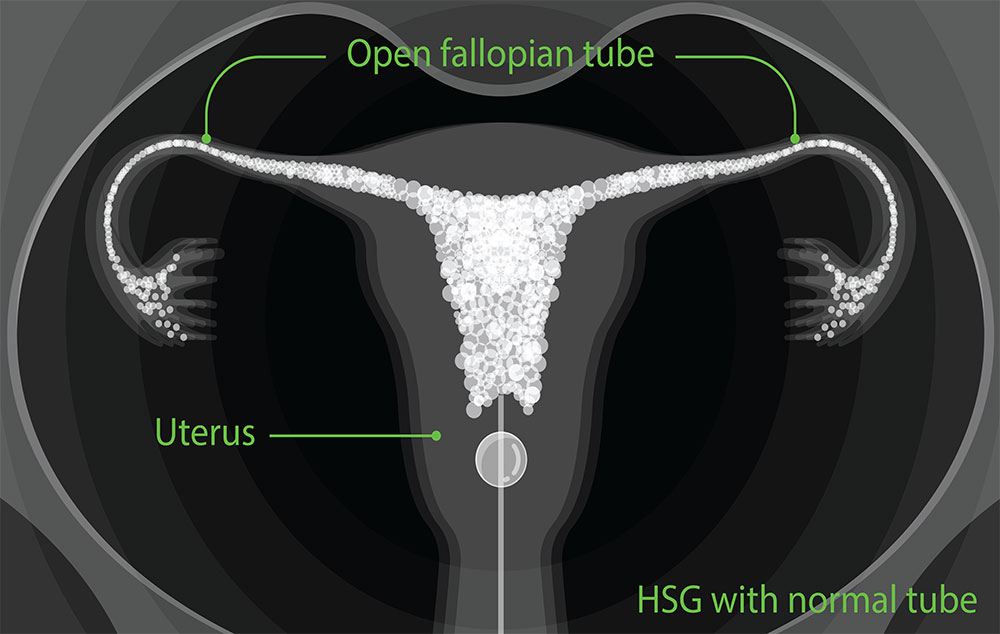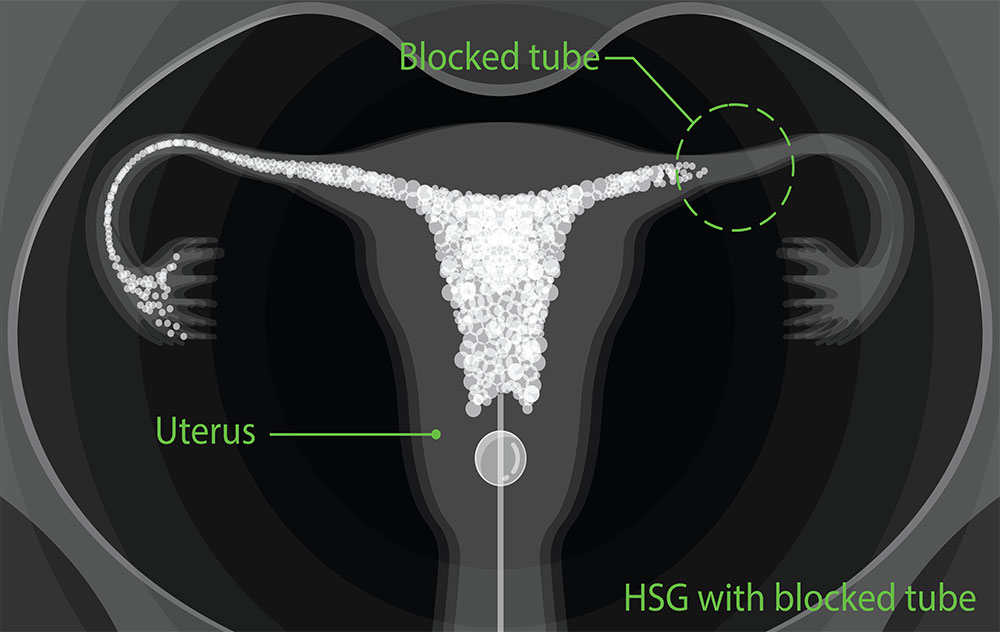The Theories Behind
Hysterosalpingogram (HSG)

But, what happens if one or both Fallopian tubes are not functioning properly? If that happens, the ovulated egg cannot be fertilized by the sperm. Let’s find out how you can get it diagnosed easily.
Blocked Or Not Blocked?

However, if you have been trying to conceive for a long time (or more than 1 year of unprotected sexual intercourse), it is better to seek further proper medical attention. The results only indicate that the pathway of the egg and sperm is not physically obstructed. Many other underlying problems cannot be visualised by the X-ray.
What is an HSG (hysterosalpingogram)
Hysterosalpingogram, or widely known as HSG, is a test performed routinely as a first step in fertility evaluation for women who are trying to conceive. This test is done between day 4 to 12 of a woman’s menstrual cycle, however, she must be confirmed not pregnant at time of the test. During the test, the woman is conscious and does not need any form of anaesthesia.
Another type of pelvic (lower abdomen) examination which involves a transvaginal ultrasound scan (TVUS) is not suitable to view patency of the Fallopian tubes. This is because the diameter of the Fallopian tubes is less than 1cm and it is between 7cm to 12cm long.
HSG combined with X-ray is the perfect fertility evaluation test, not only to evaluate the patency of the Fallopian tubes, but also helps to assess the shape of the uterus and the uterine cavity. Any obstruction inside the uterine cavity caused by uterine fibroids, polyps or scar tissues can be visualised.
The test is best done in a medical centre with a fully equipped radiology department and under the expertise of a radiologist. Your Fertility Specialist is able to order this test easily for you at a medical centre that you are comfortable with.
Side effects after HSG
After the test, you may experience light vaginal bleeding that can last 1 to 2 days which is common. If bleeding persists accompanied by fever and abdominal cramping, do not hesitate to check yourself in at any emergency department of the hospital. These could be signs of more serious complications and must get immediate medical attention.
X-ray results of HSG test
This is what the result looks like. The black triangular shadow (red arrow) is the uterus filled with the dye. The thin black lines marked with the small yellow arrows are the fallopian tubes and are clearly seen. At the end of the tube, the black line gets thicker and shows that the dye has come out of the tube, showing that the tube is not blocked.


If you are interested in knowing more or have decided to get in touch with us, please call us at
Or send us your enquiry